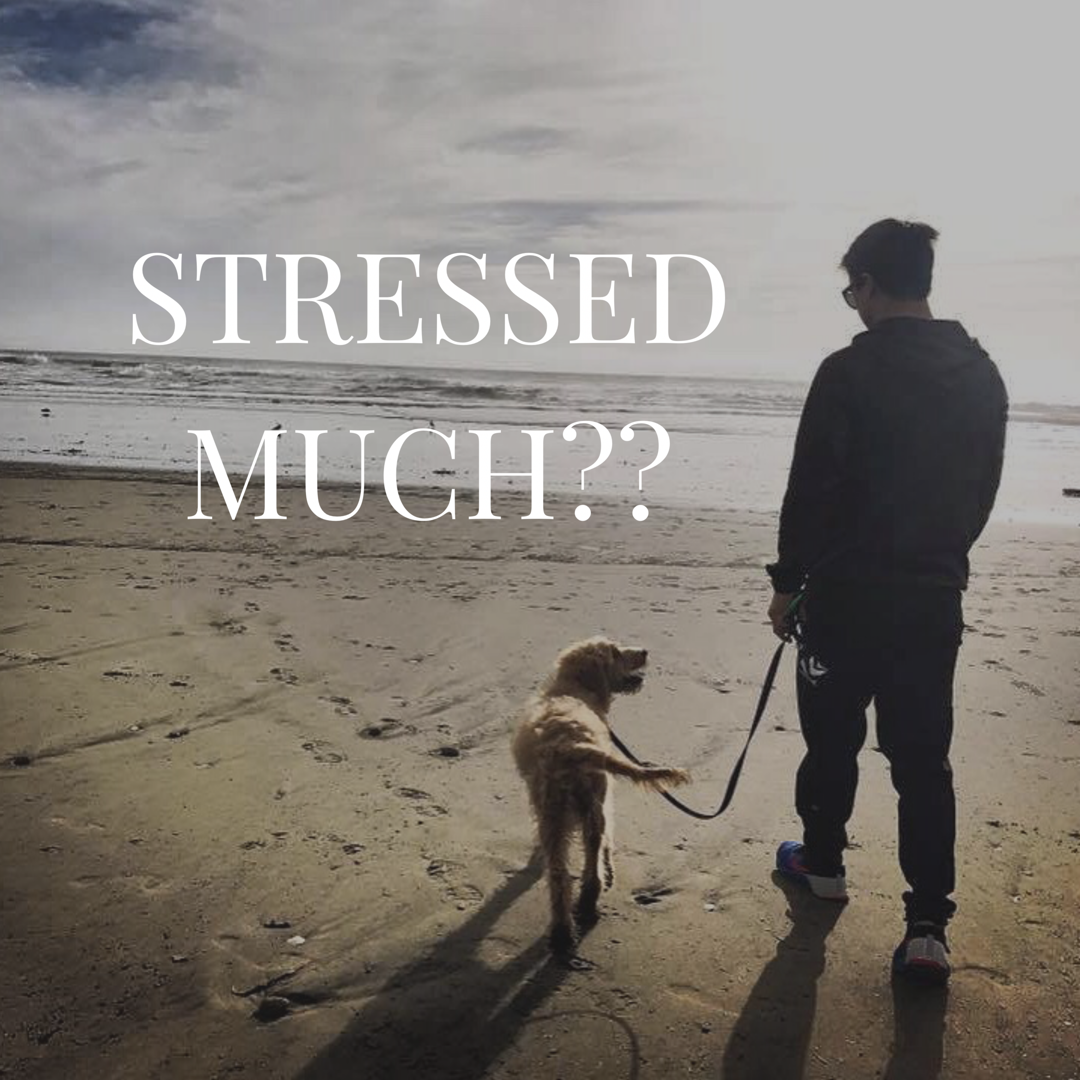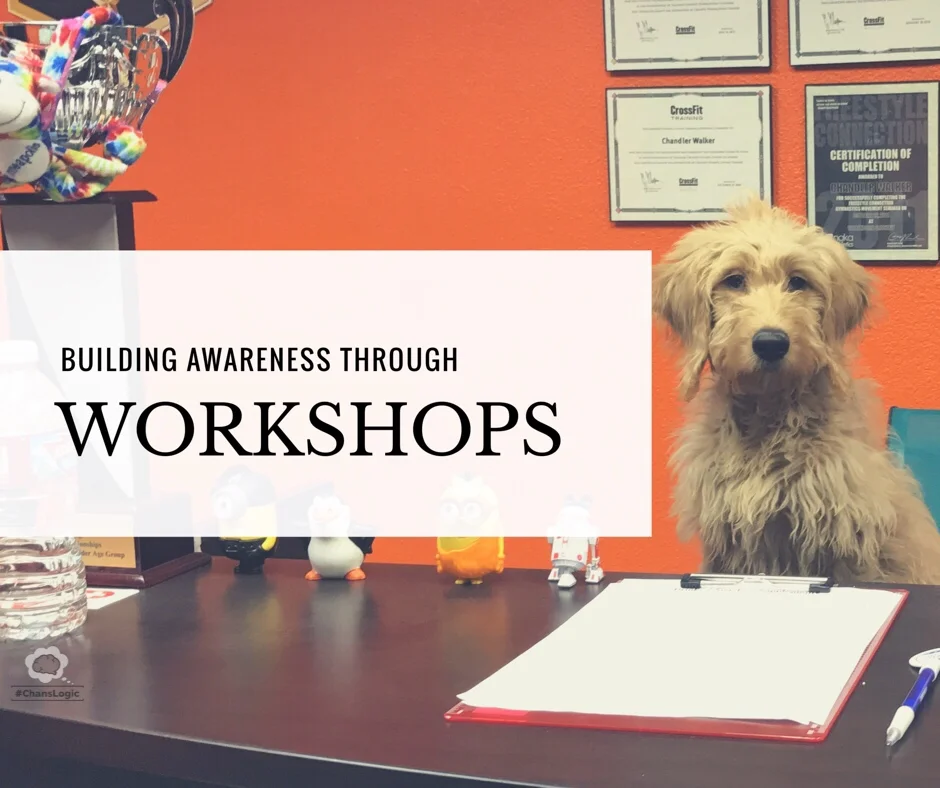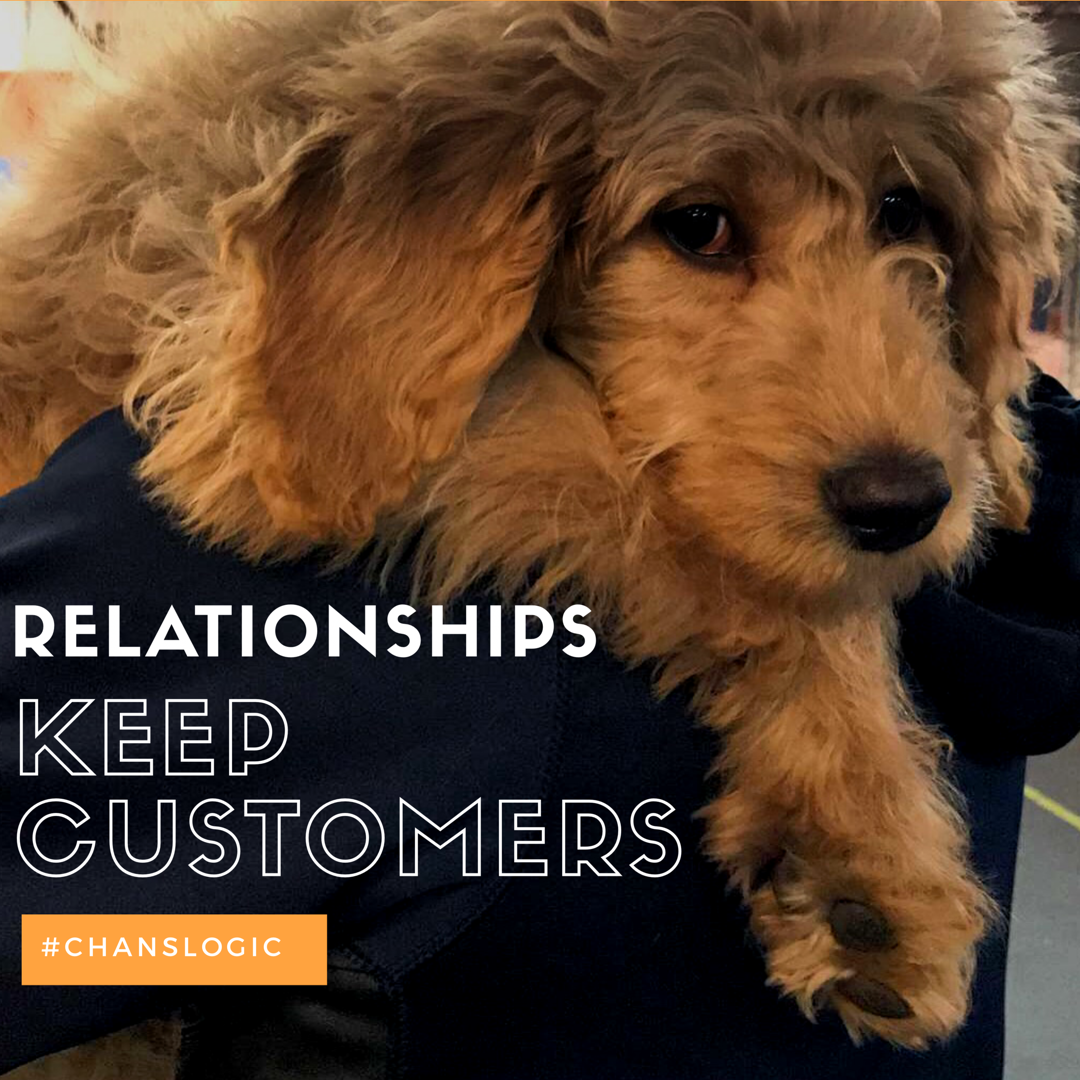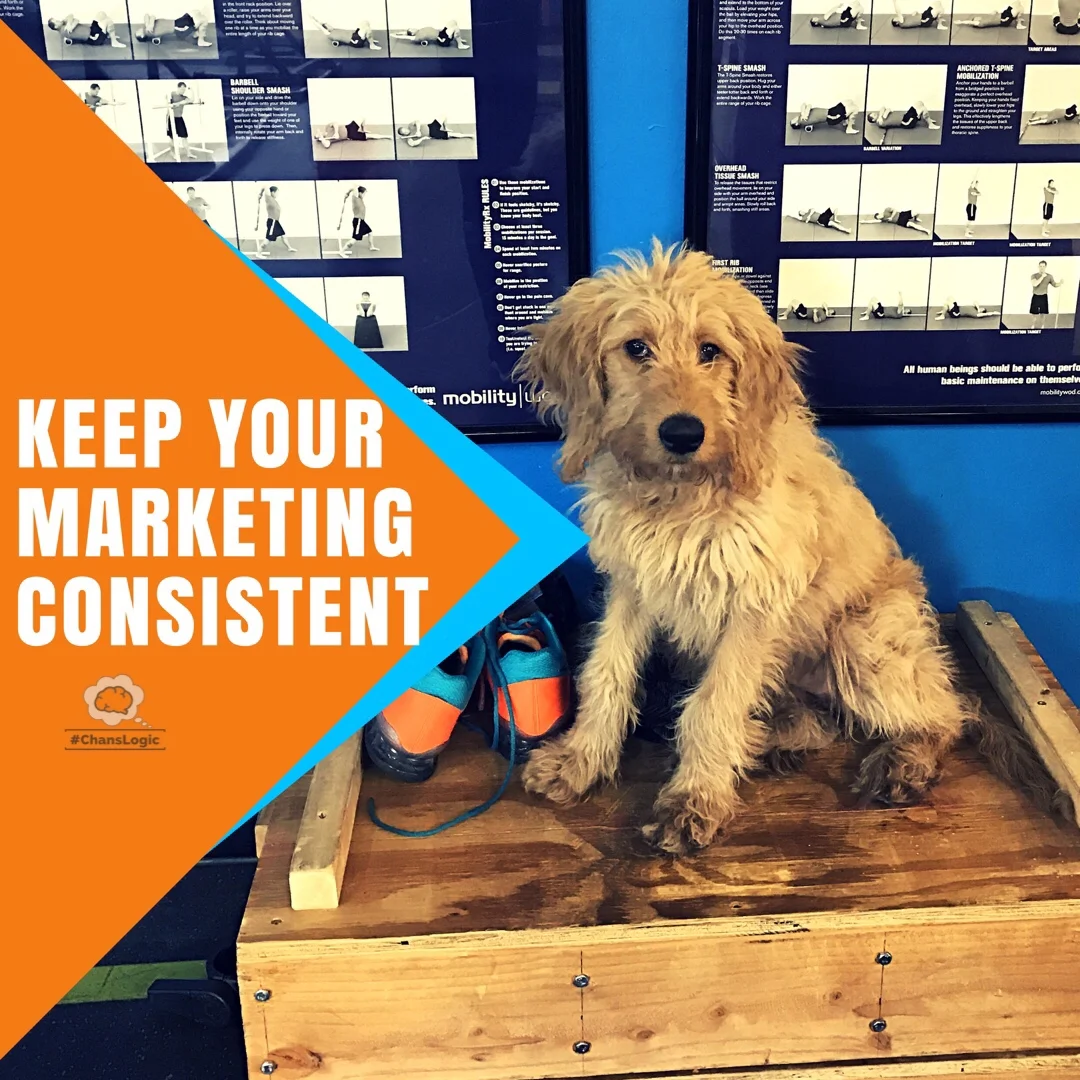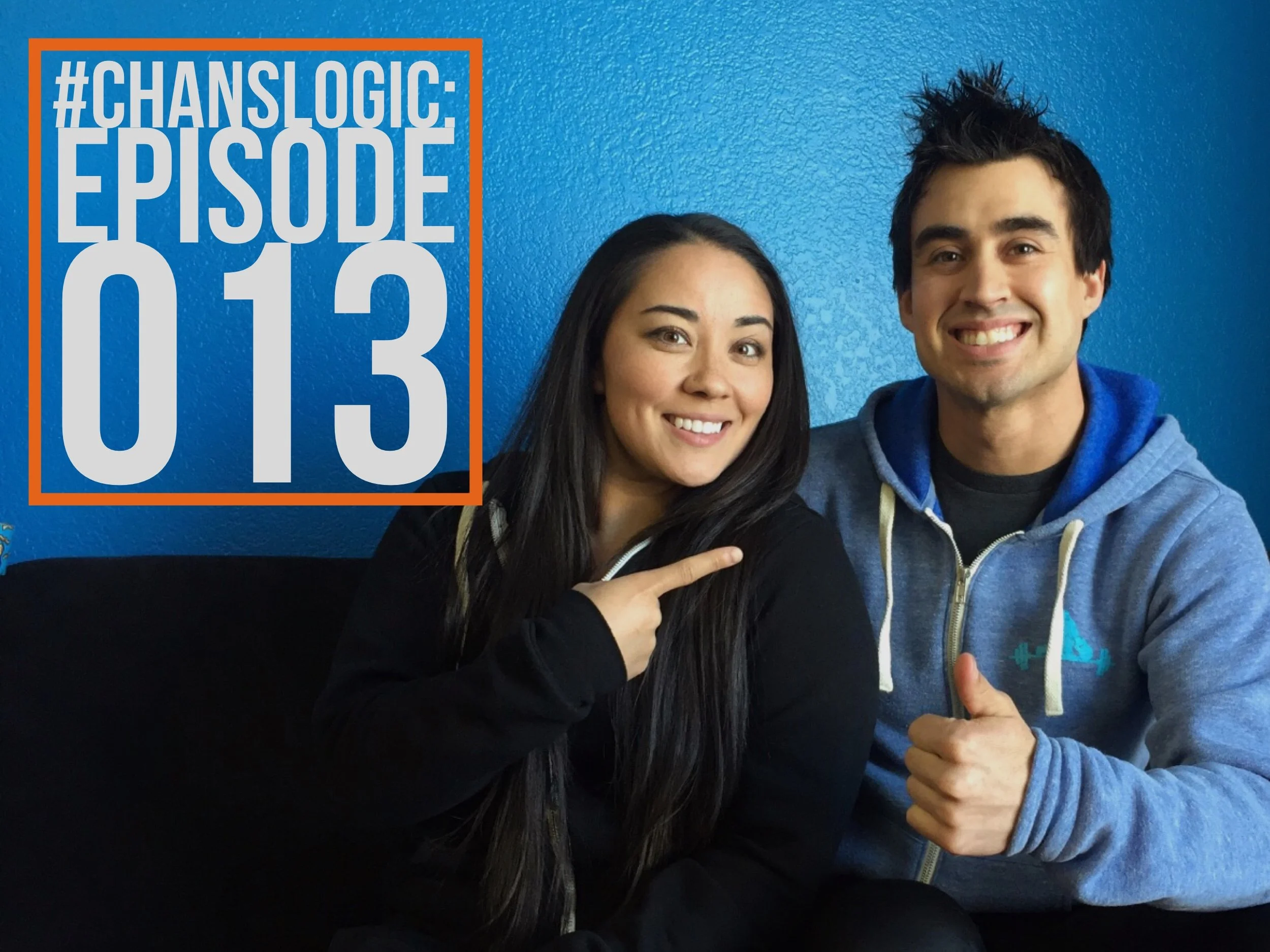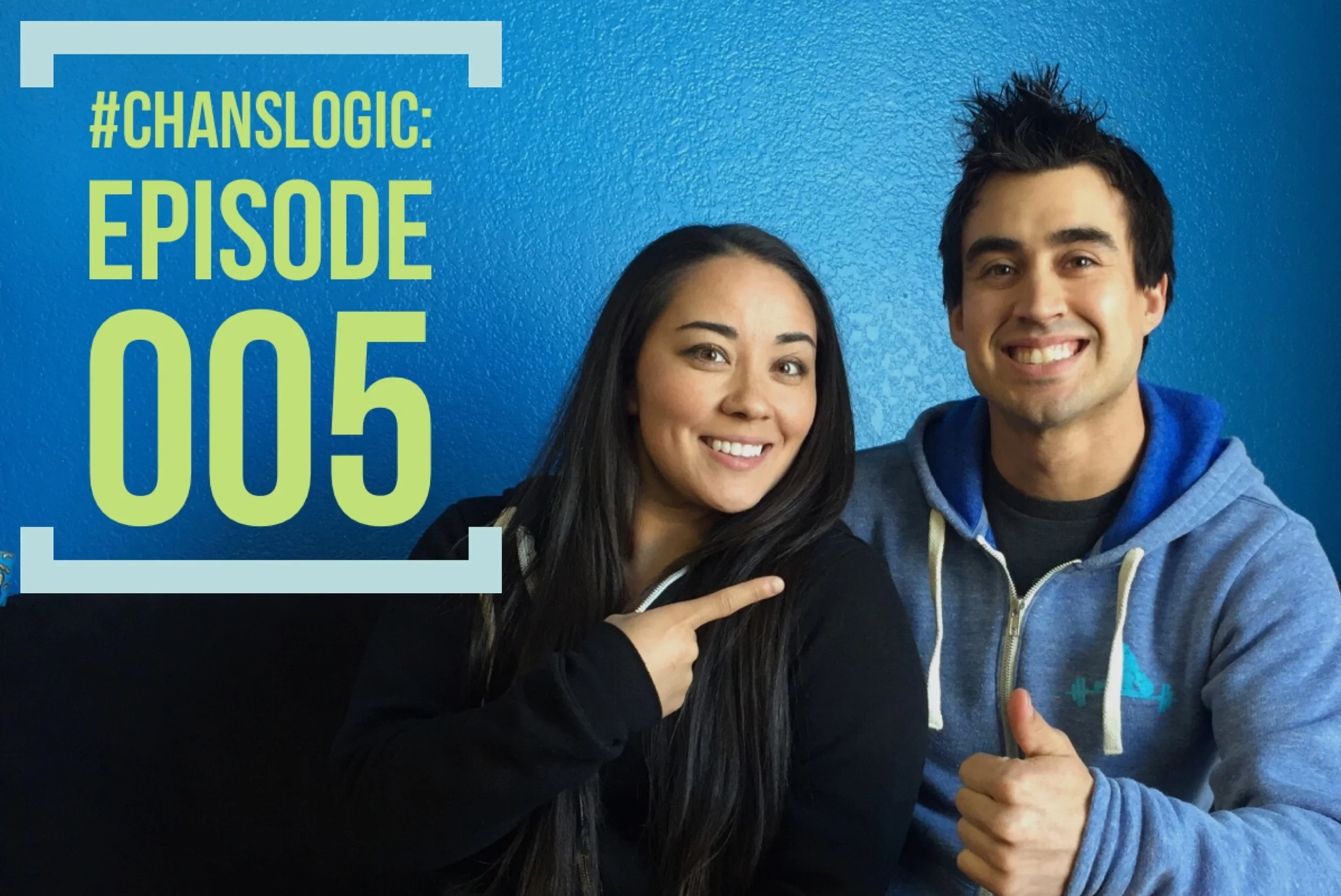Being a business owner or an entrepreneur is one of those things that everyone thinks is super sexy on the outside, but can be one of the most brutal and mentally demanding things you will ever do.
Think about your college days when you stayed up extremely late studying all night to cram for a test you weren't quite sure you were going to pass.
This is the lifestyle of the entrepreneur or business owner. Everyday working to make projections, understand the flow, spot trends and then running out of hours in the day to complete it. Day in and day out.
This often results in a 15 hour workday 6 days a week. People trudge through this every single day until one day they snap and can't take it anymore.
How do you work to manage this stress, take a deep breath and survive the onslaught of endless hours and the seemingly never ending workload?
You learn that the workload is going to be there tomorrow and the next day and the next day. Once you understand that it's not going anywhere, you develop a system to where you have goals set up to attain.
These goals include long term goals and short term goals. Your focus every day is going to be to make it to the short term goals and not think about how far away the long term goals are.
In the past I was in a program where my entire life goal was to just make it to lunch. If I could make it to lunch life was good and I would survive the day.
But if I started thinking about the end 6 months out I would begin to doubt myself due to the overwhelming nature of how far off it really seemed.
Back to surviving the stress of entrepreneurship, you can do this in your business. Make a list of 5-6 tasks that you can complete in an 8 hour day. Complete those taste and organize the next days tasks.
If you can do this and continually work on only that days specific tasks you will move into a mode where you're automated and not thinking about year long goals and how far off it seems and how you're never going to make it.
The next thing that helps to manage stress is to take time off at least once a week and literally do nothing. Maybe it's a Sunday where you sleep in a bit and relax and recharge.
I won't lie and say that this is extremely difficult to get yourself to do, but 100% rewarding if you can force yourself to do it and not work for the day.
Lastly find a hobby outside of what you're working on and spend at least a couple hours a week doing it and EXERCISE! It's funny how quickly we are to skip our fitness, when it can be the one thing that keeps you sane and makes you feel happy after a tough day. This can be playing basketball, martial arts, yoga, painting etc.
The key is, it needs to be outside what you're consumed in and working on so that you can get away from it all and not have to think about how stressed out you are.
This all ties into being organized in your life and with that I mean you need to schedule these things into your day and force yourself to follow that schedule. This way your work and stress relief activities are all scheduled in and you work into a system of following that schedule.
Scheduling also allows you to have an end to your day when you complete your final task of the day.
Being an entrepreneur is an extremely stressful yet rewarding career field and understanding stress management and working to become organized are the keys to being able to navigate it successfully and not going to crazy while doing it!
Remember, never let the bigger picture overwhelm you. always be aware that what your long term goals are, but understand you need to focus on the short term to get there and not go crazy and become overwhelmed.
